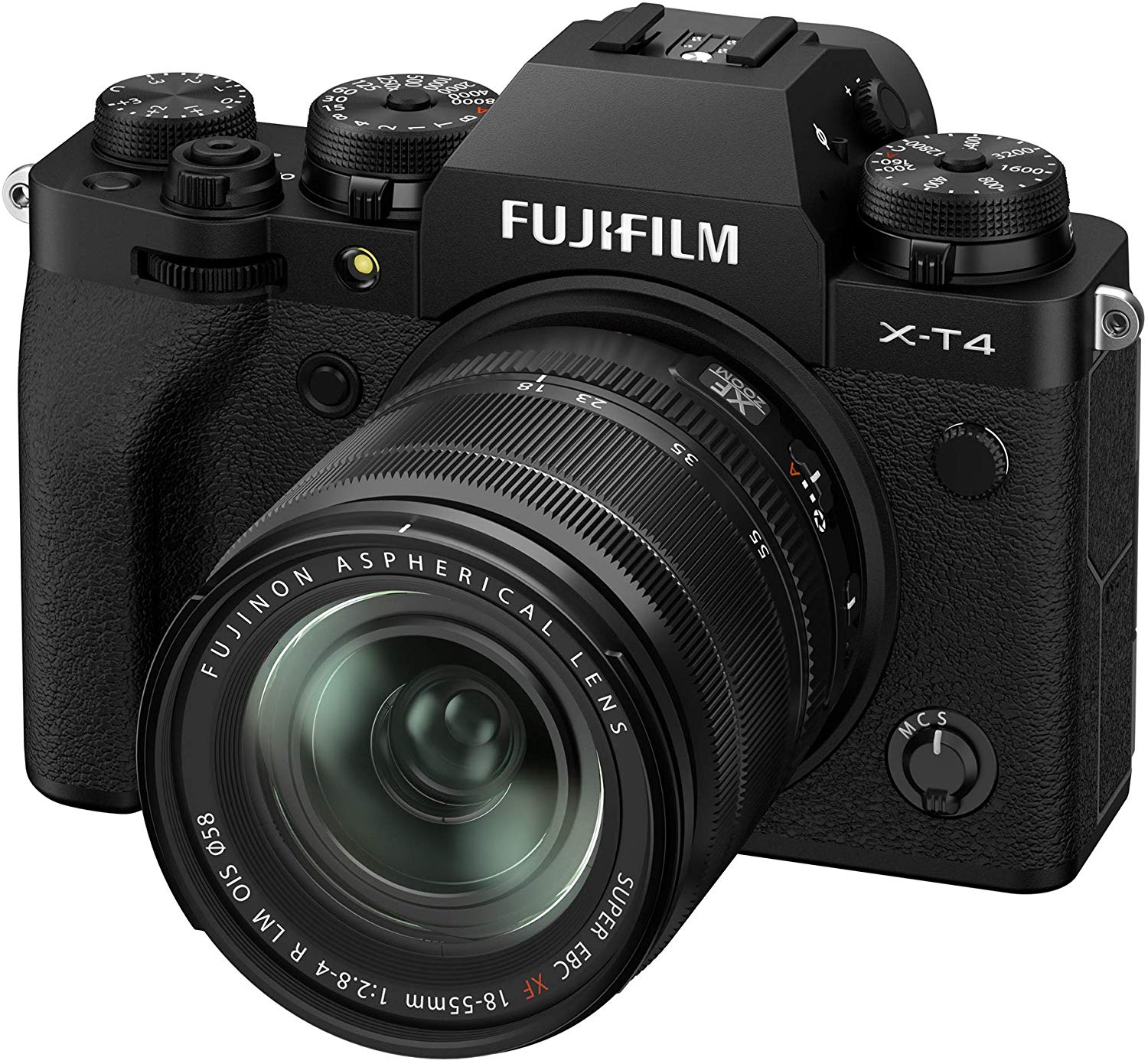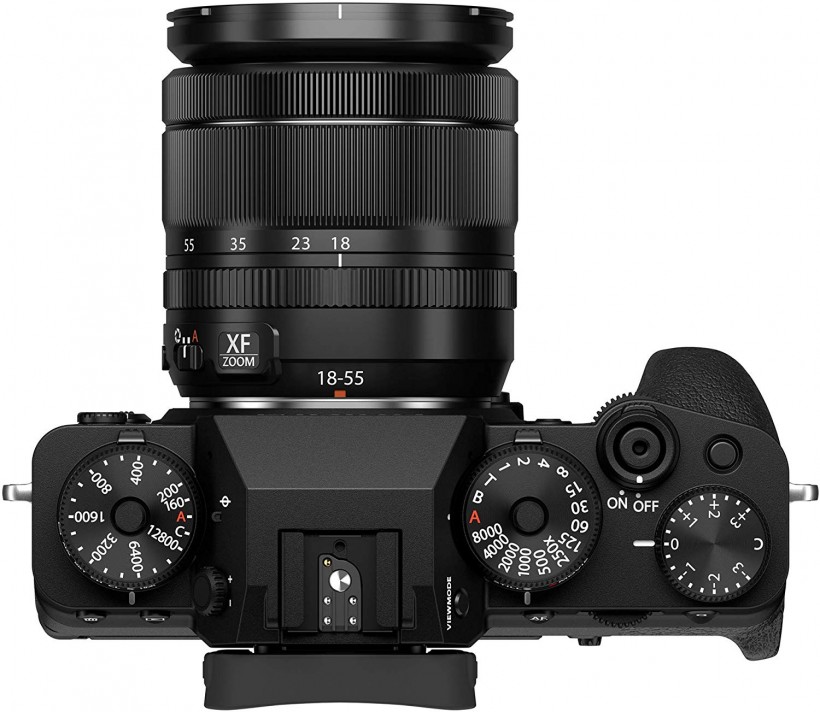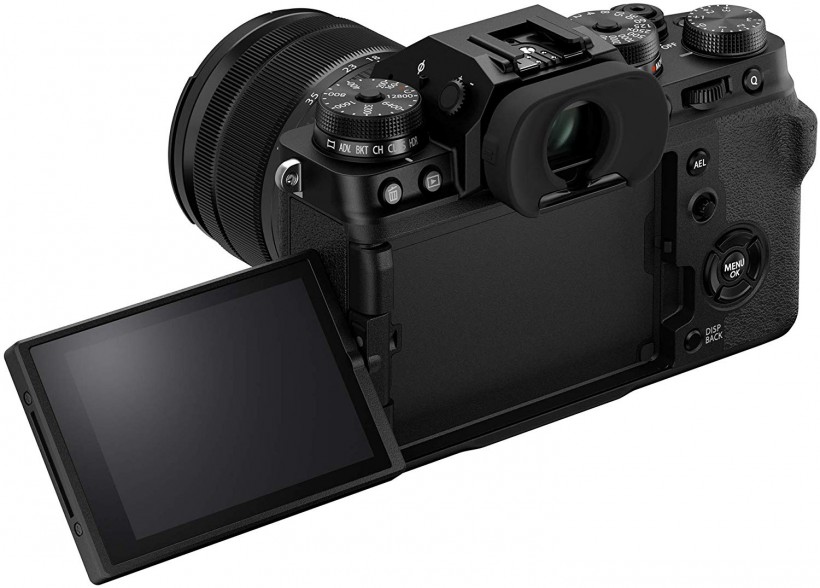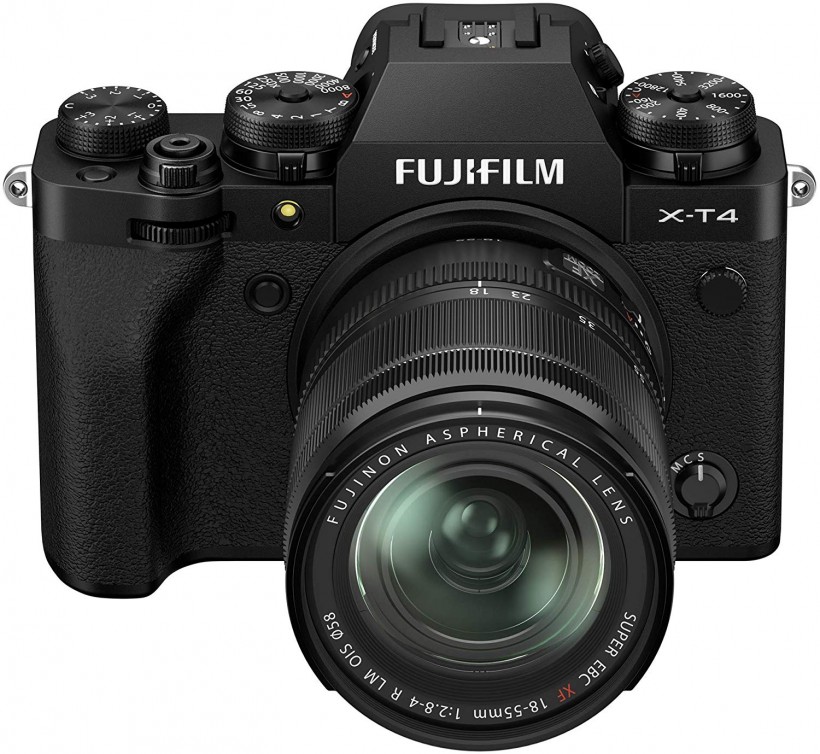
Finally, Fujifilm fans were waiting for this camera. Today, the company is announcing the X-T4, its ultra-modern flagship mirrorless digital camera. It looks very much like the X-T3 introduced in 2018. However, Fujifilm has improved the hardware in a way an excellent way to make the fourth-era digicam an impossible to resist improvement for some.
X-T4's upgraded photo stabilizer to iron out blurs
At the top of the upgrade, the list is its in-body photo stabilization. This is the second digital camera in Fujifilm's lineup to gain IBIS, which enables you to nail sharp photos at gradual shutter speeds that, at the X-T3, would possibly pop out blurry. Here, there's no want to dial up the shutter speed or ISO to compensate for a handshake. IBIS additionally helps get the most from Fujifilm's lauded top lenses. The upgrade doesn't provide the same lens-based stabilization that some of the organization's zoom lenses do. This may be a huge deal for folks that shoot video with their X-T4, as Fujifilm's lens family is now at their disposal and will capture clean, consistent recordings suited for this digicam.
Fujifilm has created an IBIS system that's better, smaller, and lighter than the X-H1, and that allowed the organization to hold the X-T4 almost the same size to its predecessor. This new item uses magnets as compared to springs. 18 X-mount lenses (out of the entire 29-lens lineup) will get 6.five stops really worth of stabilization on the X-T4. The others will deliver you at the least 5 stops. If IBIS alone isn't sufficient for your video shoots, you may also allow additional digital photo stabilization. However, this can be cropped in the frame by 10 percent.
Fujifilm retains excellent video recording in X-T4
The X-T4 retains the X-T3's excellent video recording capabilities, able to capture 4K clips at up to 60fps with the most bitrate of 400Mbps. Pro videographers can document 10-bit F-Log immediately to the SD card. There's also now a 240fps notable slo-mo mode (in 1080p), becoming a part of the 120fps frame rate that's to be had on the T-3. The movie mode also receives its own placement on one of the X-T4's dials, and the digital camera separates your settings (and Q button preferences) for stills and video. You can switch between them without having to clutter with menus each time. The X-T3 turned into merely a digital video camera as it was a stills shooter, and it helped Fujifilm select up severe momentum with YouTube creators. Having man or woman settings for each mode will make things less complicated for X-T4 owners.
ALSO READ: Fujifilm Unveils X-A7 Mirrorless Camera: 23.2 MP APS-C, 4K Video For $700
Upgraded rear touchscreen LCD
The other significant improvement is the rear touchscreen LCD flips out and helps you to see your self correctly while taking selfies or vlogging. If you're taking pictures in rough conditions or need to avoid the LCD lights up, you could turn it, so it faces into the digital camera body. There's a bit of a tradeoff in taking photographs from the hip, which has ended up more of a process. On the X-T3, you can tilt the display screen upward in the direction of you.
The electronic viewfinder is by and mostly unchanged, which is excellent due to the fact the X-T3's became already sharp and immersive. But there are new "improve" modes that alternate the behavior of the EVF. You can place it into low-light precedence to improve mode to lower comparison and pump the benefit. Resolution priority reveals more detail). And body rate priority will transfer the EVF to a buttery-clean 100fps. Again, these handiest effects on how the EVF appears for your eye and has no impact on your pics.
X-T4 shutter has been re-engineered but...
The X-T4's mechanical shutter has been re-engineered and is relatively quieter (Fujifilm places it at 30 percent) than the X-T3's. The UHS-II SD card slots are now sided with the aid of aspect rather than staggered, which is one of the more explicit examples of ways the organization moved things round to make room for the magnetic IBIS gadget. Another is the Q button, which has been relocated up to close to the top of the digicam. Unfortunately, a bigger sacrifice had to be made to find space: the headphone jack for monitoring audio is gone, but there might be a USB-C-to-3.5mm adapter inside the container for this purpose.
The closing primary development location is autofocus. Fujifilm says the X-T4 has modern algorithms for autofocus and is more accurate at monitoring eyes and faces. Continuous capturing with the mechanical shutter has been bumped up to 15 frames in keeping with the second, an improvement over the 11fps within the previous digital camera. (You can nonetheless hit as much as 30fps with the digital shutter.) The corporation says the X-T4 typically has a higher hit rate than the X-T3 while firing rapidly.












